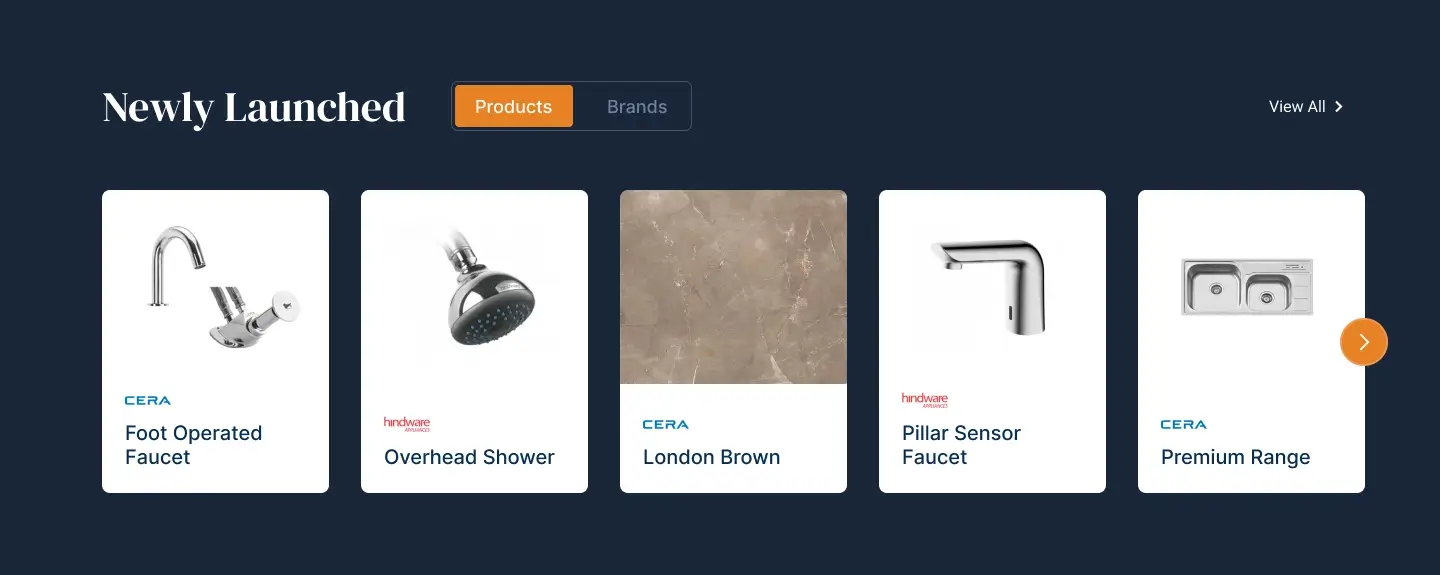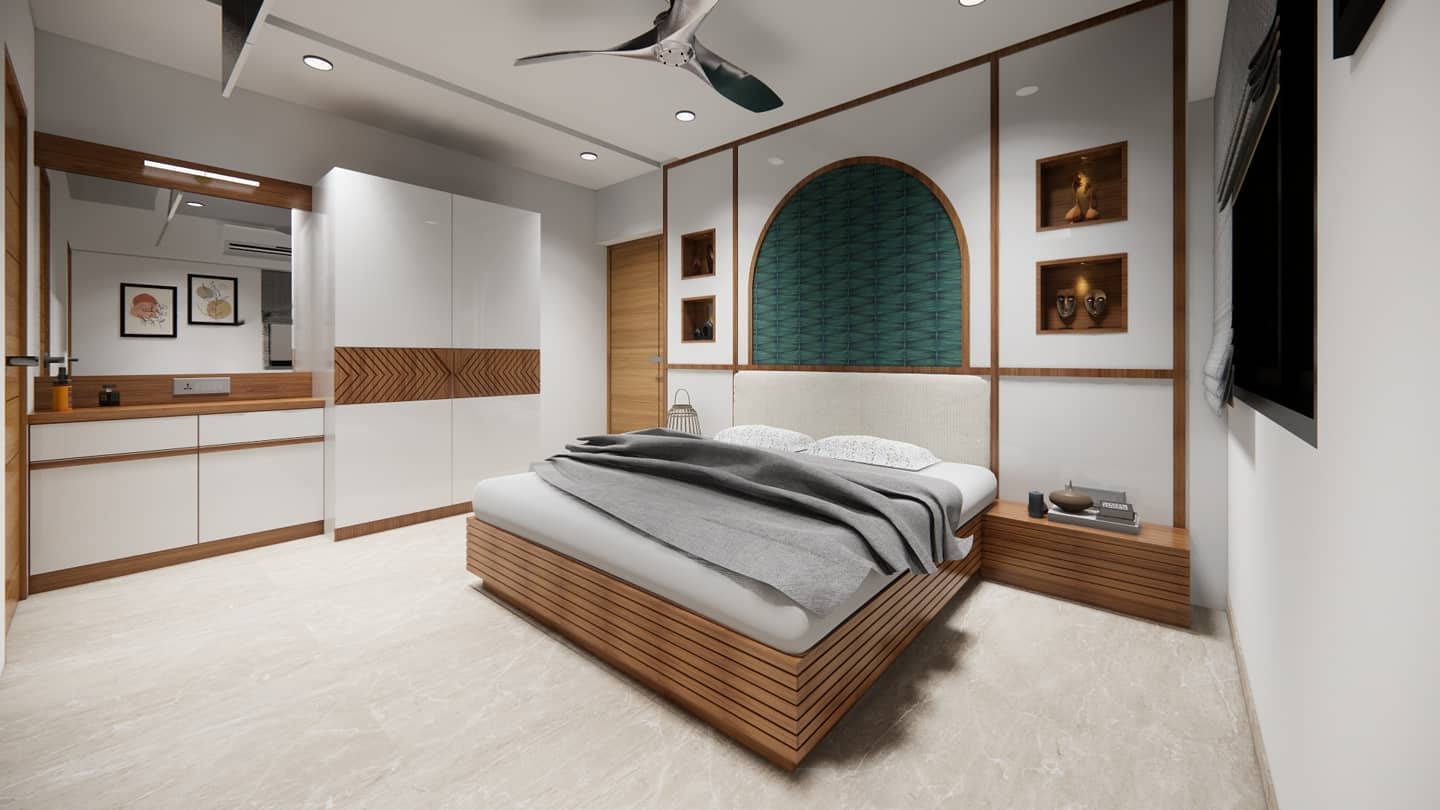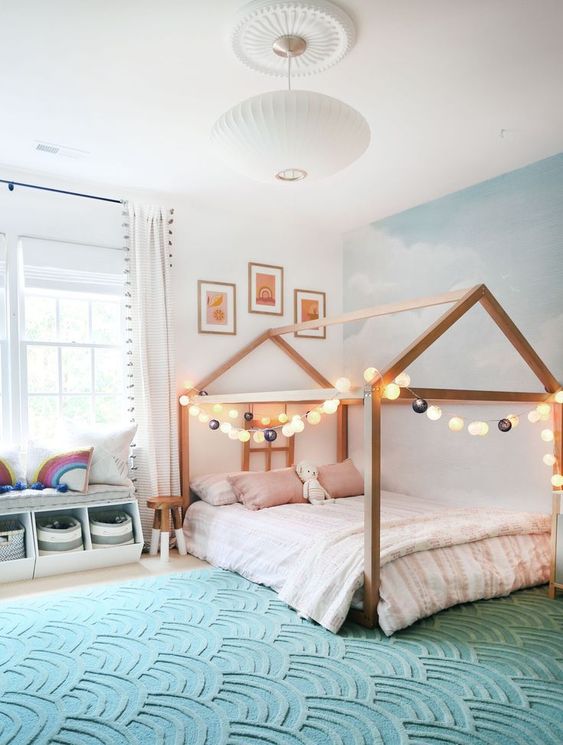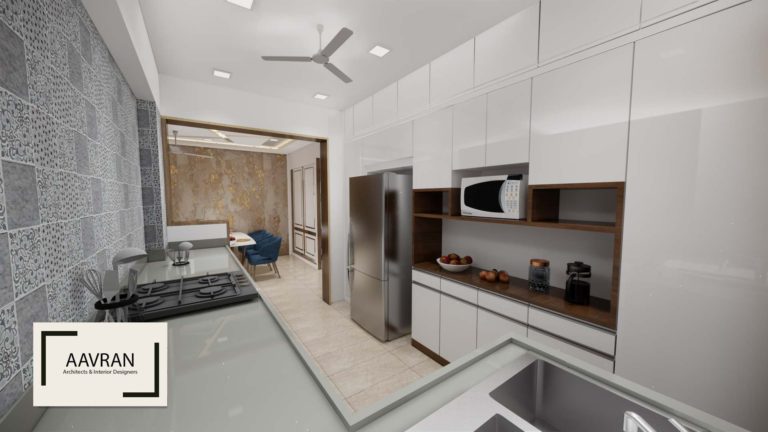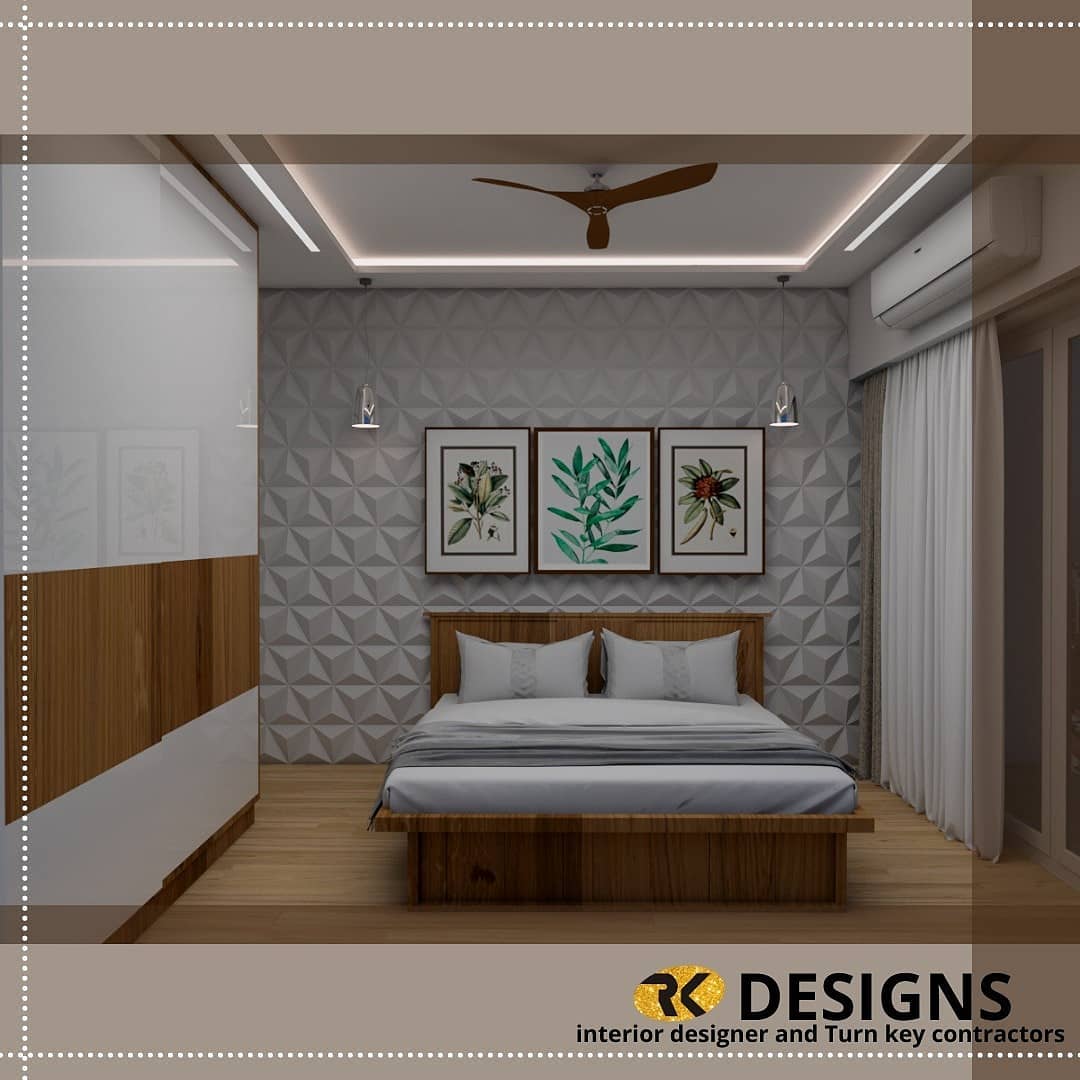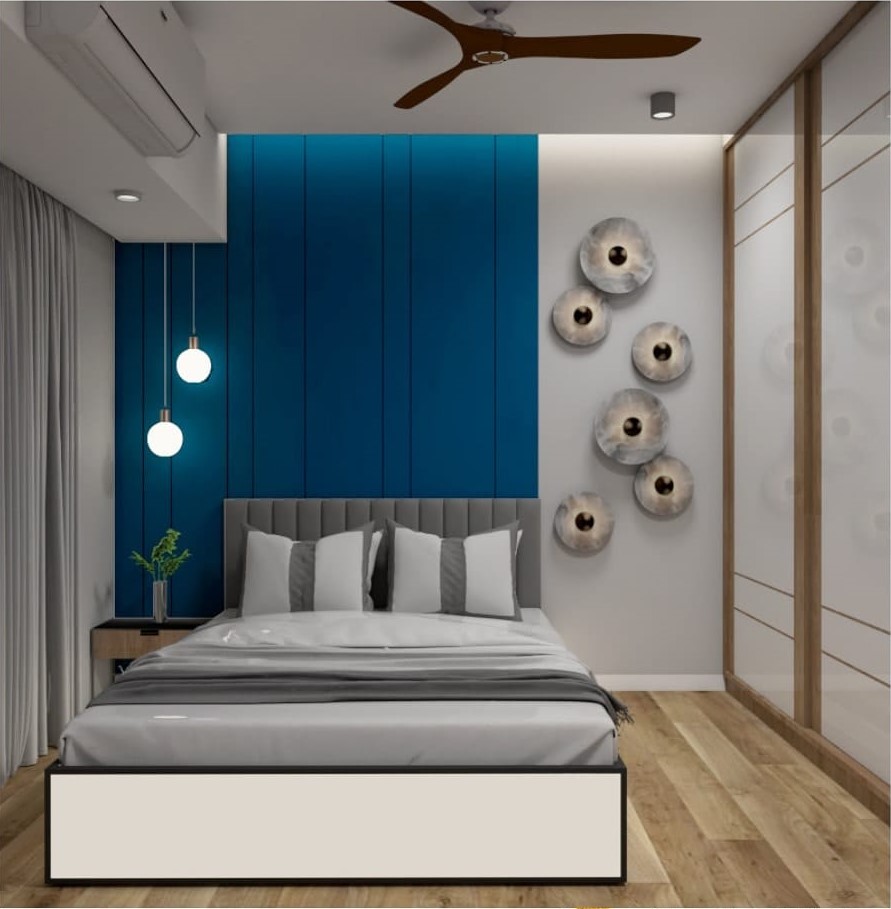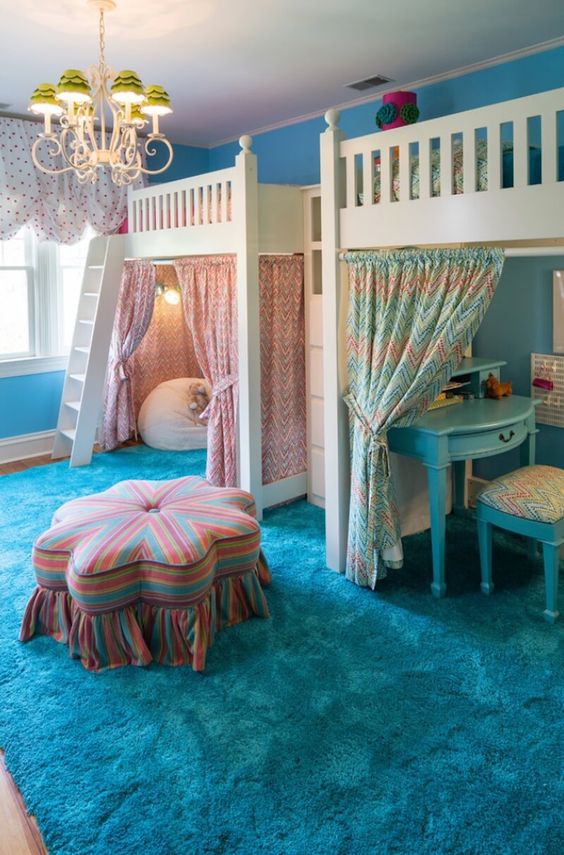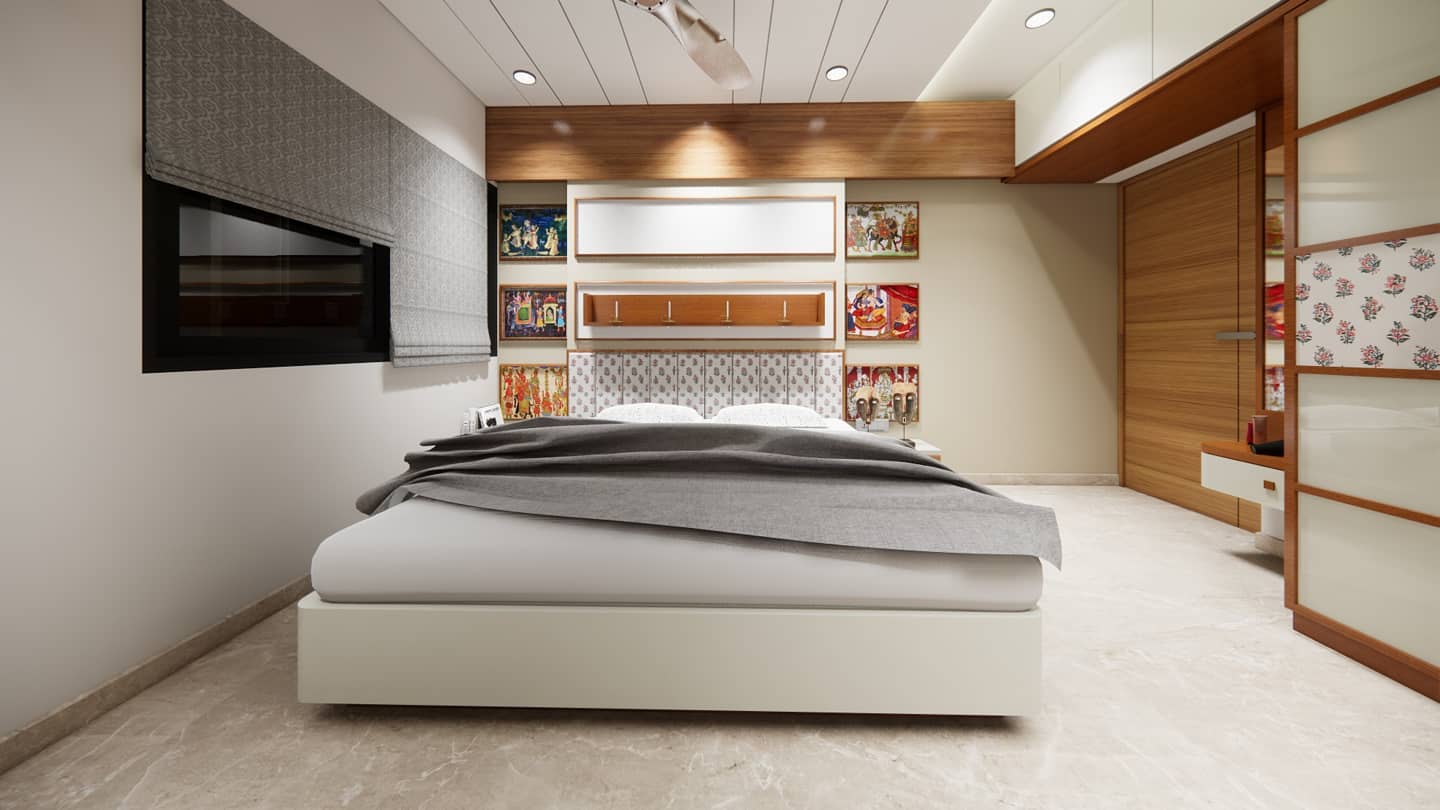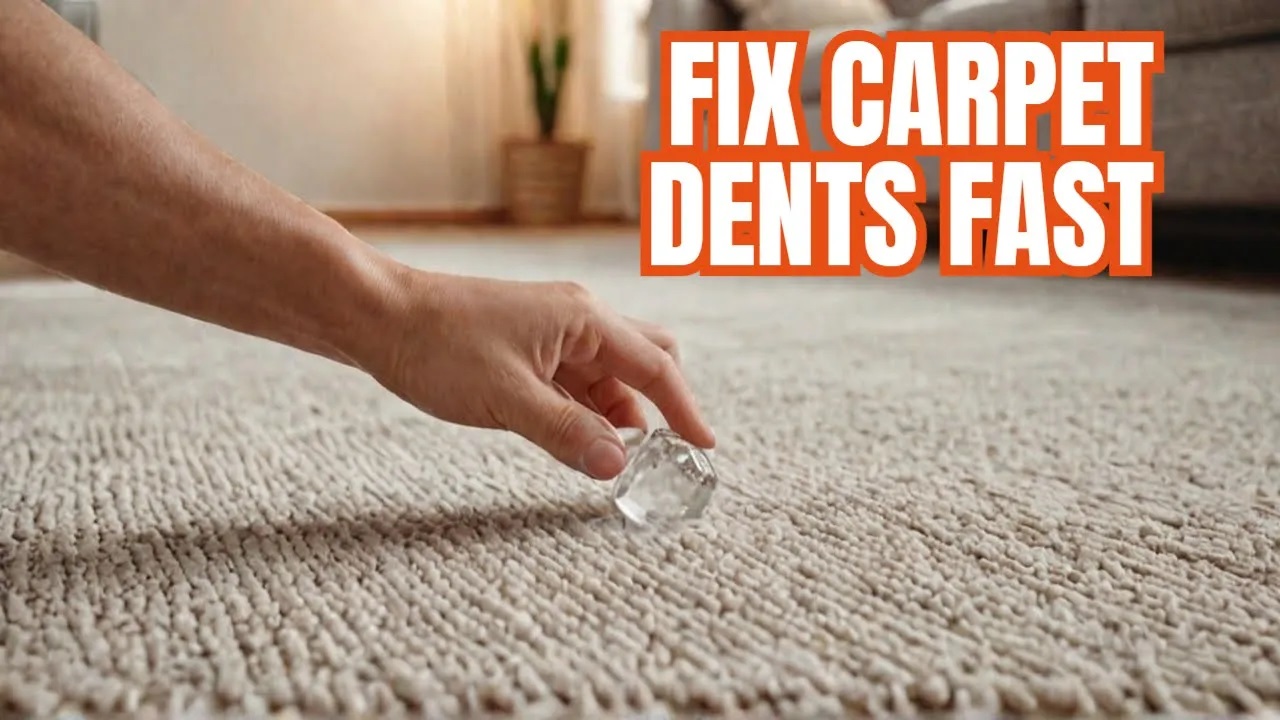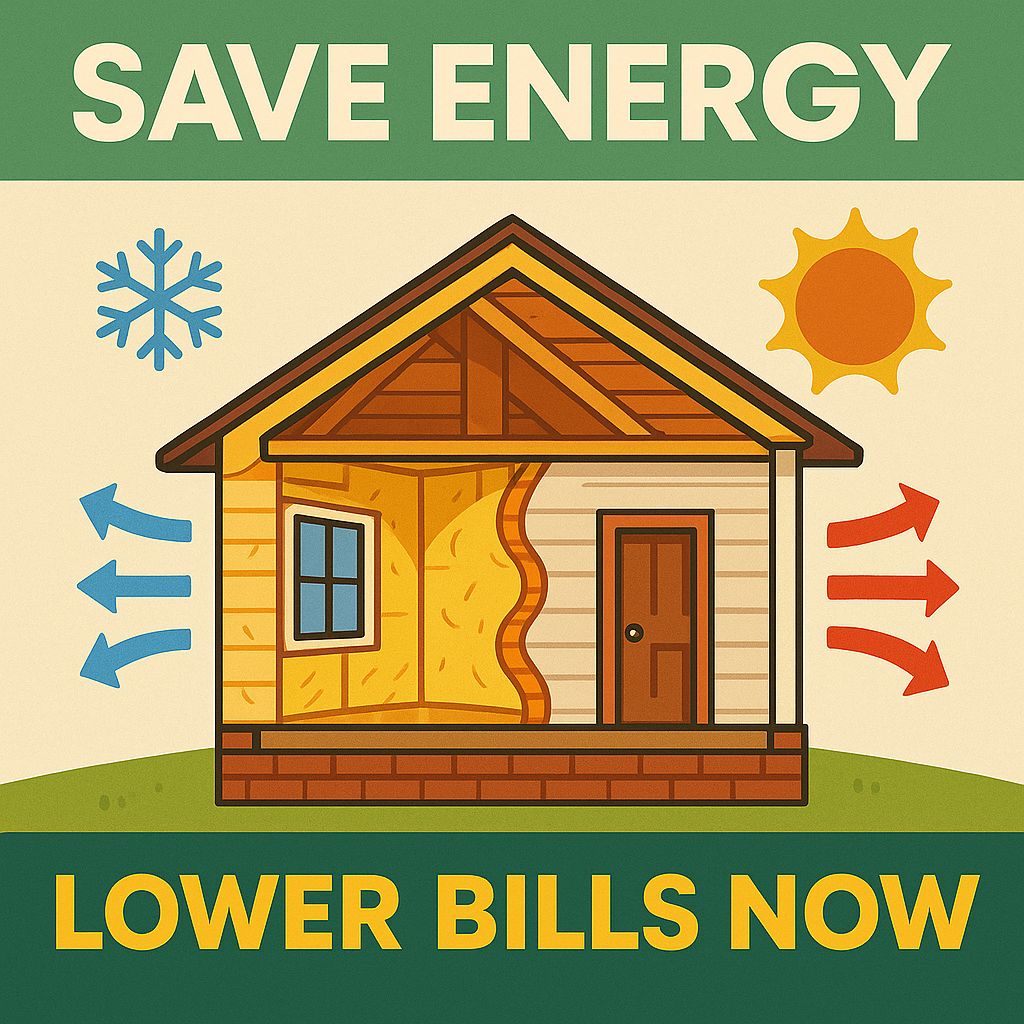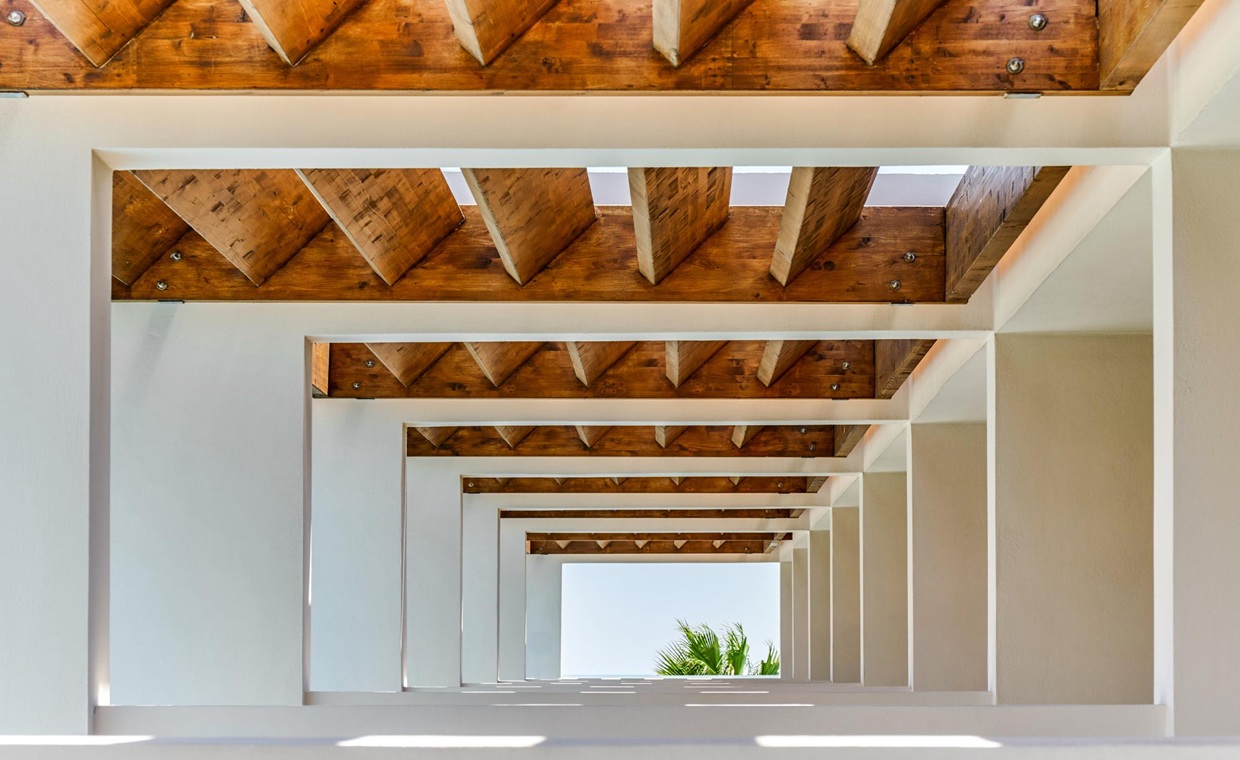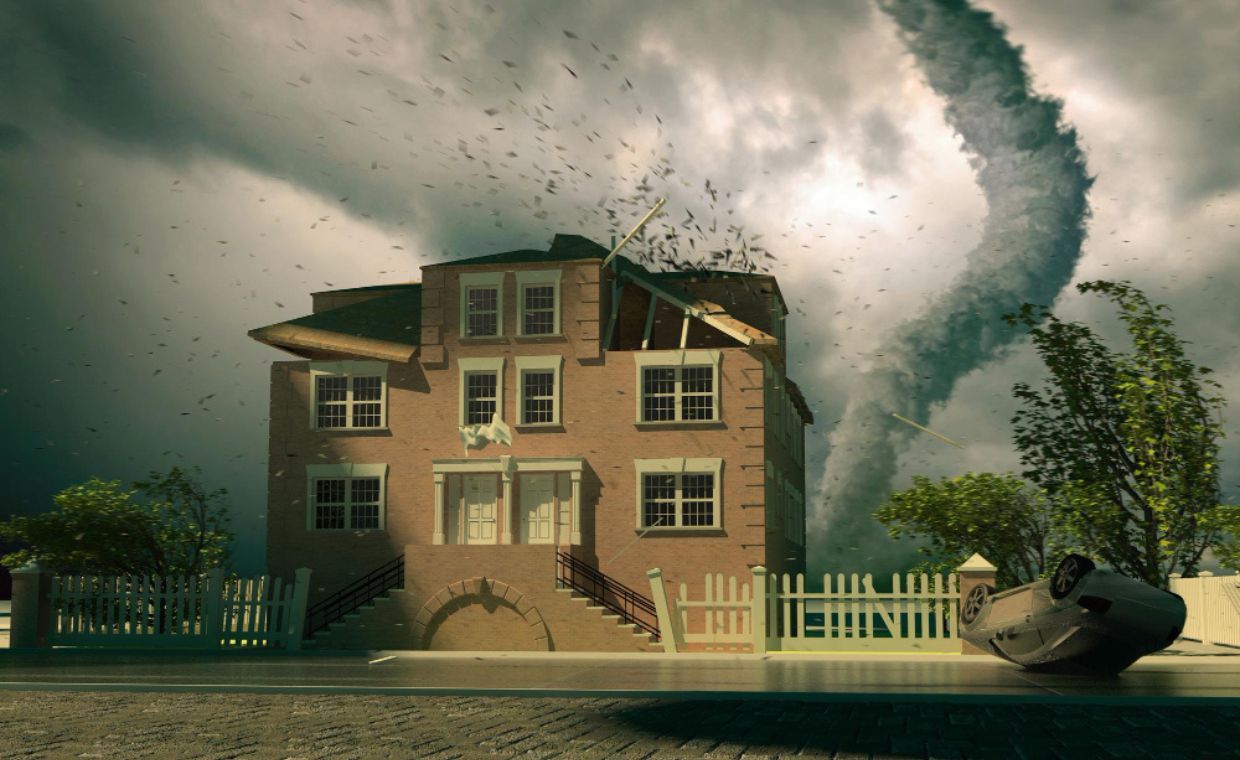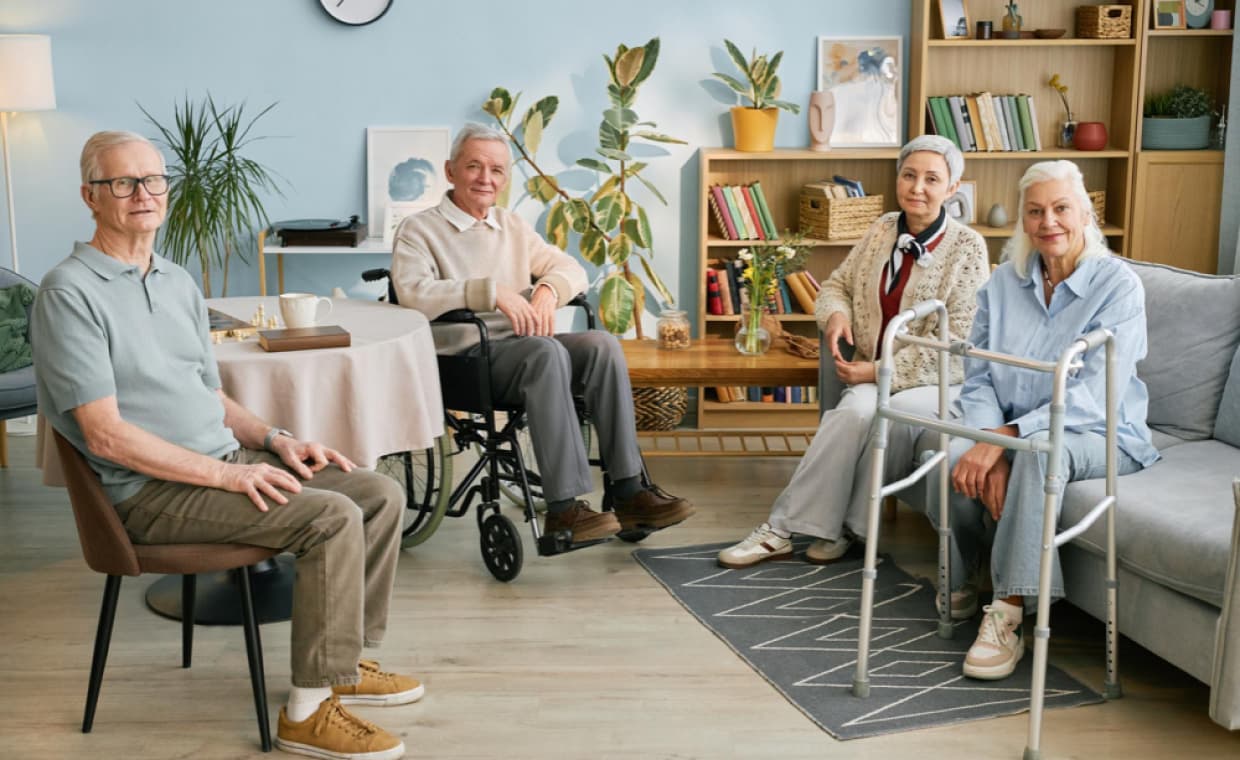
Table of Contents
Quick Review
- Homes with elderly residents should be modified to meet their specific needs.
- Technology like GPS trackers, voice assistants, and emergency monitoring systems improves safety.
- Install senior-friendly features such as non-slip flooring, grab bars, and motion-sensor lights.
- Keep pathways clutter-free and ensure proper lighting inside and outside the house.
- Adjust furniture and shelf heights for easy accessibility.
- Proper home modifications ensure seniors’ safety and give caregivers peace of mind.
As people age, their homes need to be modified to match their changing lifestyles. Many senior citizens prefer to live independently, surrounded by familiar spaces and routines. However, with age, mobility, balance, and vision tend to decline, increasing the risk of falls and injuries. A thoughtfully designed, senior-friendly home ensures comfort, accessibility, and safety without compromising on aesthetics or independence. With simple design modifications and innovative technology, a home can become a safe, functional, and welcoming space for ageing gracefully. In this blog, Gharpedia suggest some smart home safety strategies for senior citizens.
The reality is that staying safe at home involves multiple layers of protection and the right changes in your home to make it elderly friendly. No single solution covers every scenario, which is why the most effective approach combines technology, home improvements, and community support systems. When these elements work together, seniors can continue living on their own terms while having backup plans for when things don’t go as expected.
Why Senior-Friendly Home Design Matters
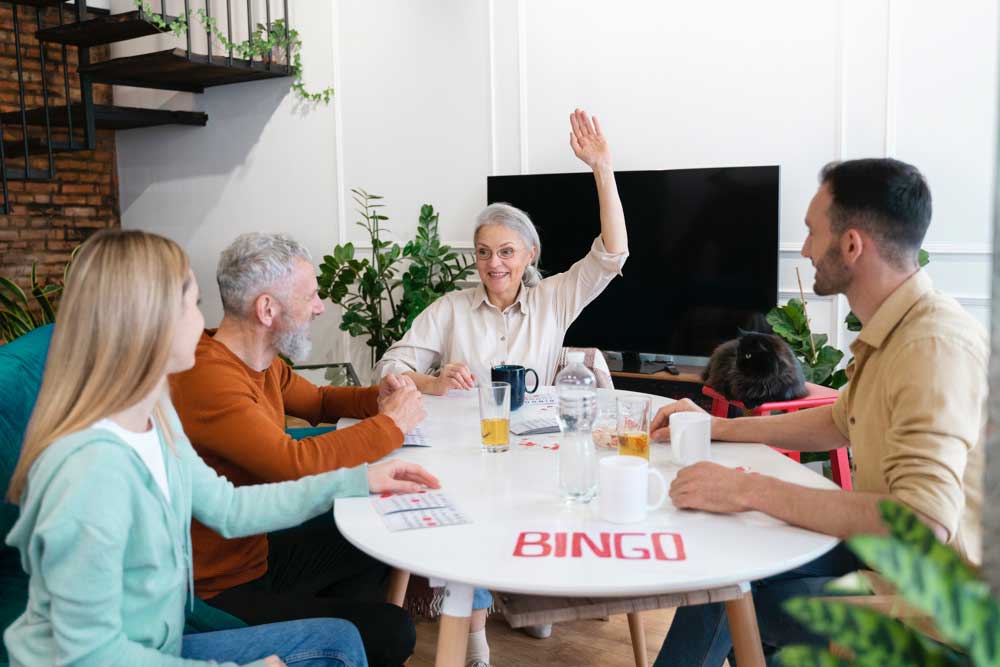
The space where seniors spend most of their time matters just as much, if not more. Most accidents occur at home, which makes sense when you consider the statistics. People get comfortable in familiar spaces, and sometimes that comfort means being a bit less careful.
Senior citizens are prone to household accidents due to poor lighting, slippery floors, or hard-to-reach fixtures. Modifying your home by making a few changes or replacements can minimise these risks.
These changes can pretty much give your home a clinical look, and this can be avoided by adopting smart home safety strategies that create a balanced space of functionality and aesthetics. Home modifications designed for a senior-friendly home will give older people freedom to move confidently without constant supervision.
Smart Home Safety Strategies to keep your Household Senior Friendly
Technology That Actually Helps
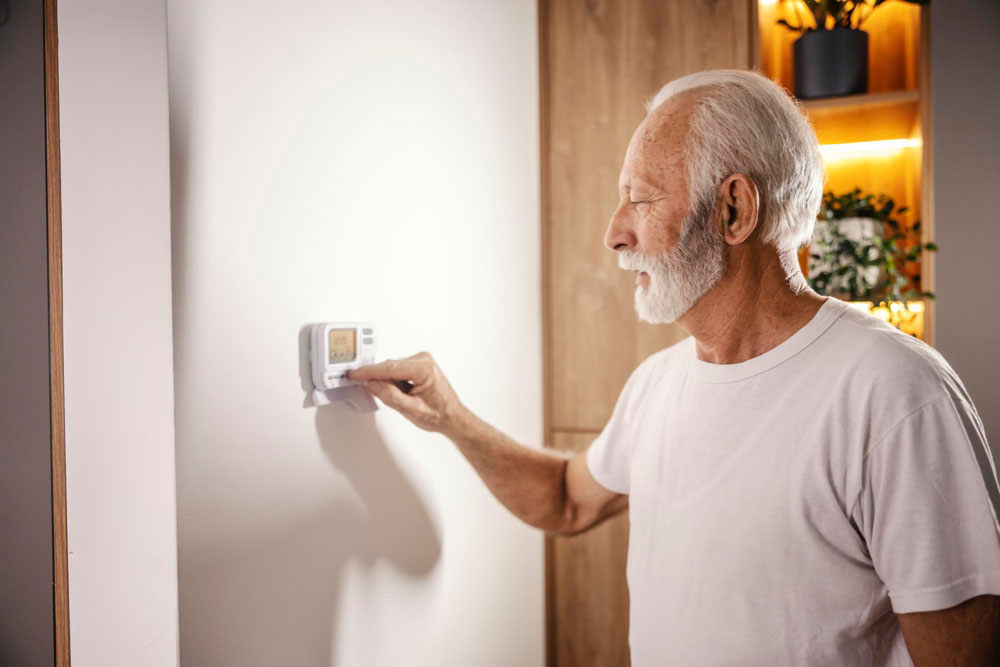
Technology plays an important role in keeping your gramps safe, be it at home or outside. Today, devices designed to ensure the safety of the elderly are readily available and accessible. In fact, they are more sophisticated and reliable compared to old gadgets.
Modern emergency monitoring systems are advanced and user-friendly. Many include GPS tracking for seniors who remain active outside the home, medication reminders, and even wellness checks that can detect changes in daily routines. For families researching options, senior monitoring devices canada provides comprehensive information about different types of emergency response systems and their capabilities.
Among all the gadgets designed for the safety of seniors, the most effective are those that seniors willingly adopt and gets used to it. This means considering factors beyond just technical features. Comfort, ease of use, and reliability during power outages or poor cellular reception all matter. Some seniors prefer wearable devices, while others feel more comfortable with wall-mounted systems or mobile apps on devices they already use regularly.
When evaluating emergency technology, consider the response process as much as the device itself. The best systems connect to monitoring centers staffed 24/7 with trained operators who can assess situations and coordinate appropriate help, whether that’s contacting family members, dispatching emergency services, or simply providing reassurance during a stressful moment.
Making the Home Environment Safer
Here’s the thing about safety tech – it’s only part of what actually keeps people safe. The space where seniors spend most of their time matters just as much, if not more. Most accidents tend to happen at home, which makes sense when you think about it. People get comfortable in familiar spaces, and sometimes that comfort means being a bit less careful. Below is a list of changes that can make your home more senior-friendly:
1. Non-Slip Flooring Solutions
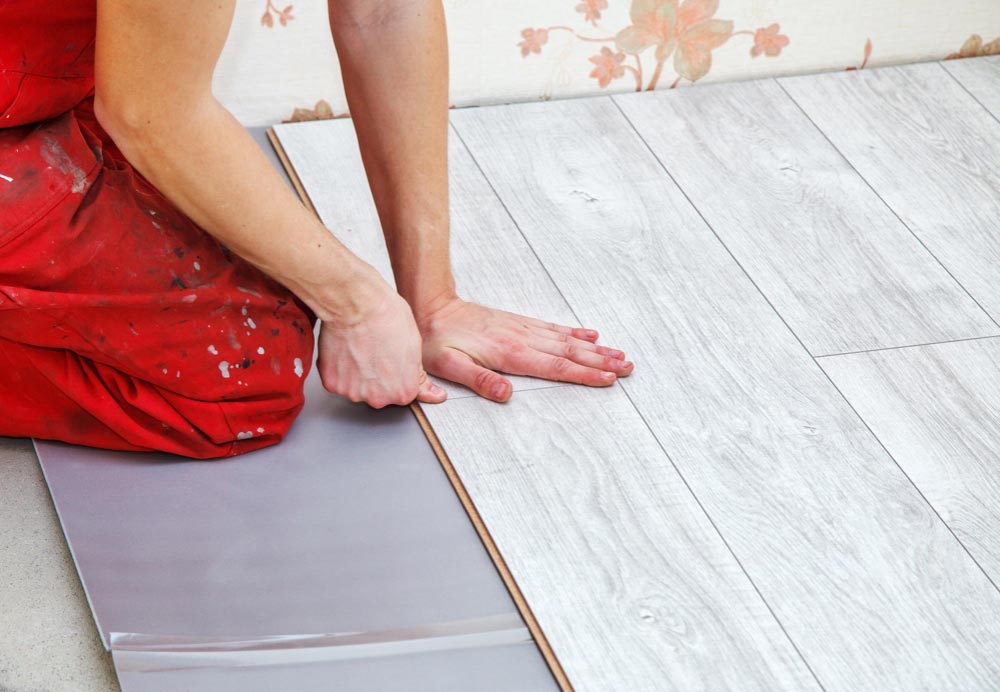
If your house has glossy, uneven, or highly polished surfaces, these can be slippery and unsafe for seniors. Replace your flooring with non-slip tiles, vinyl, or matte-finish ceramic tiles. In bathrooms, opt for anti-skid tiles. Avoid loose rugs and cluttered carpets, as they can cause tripping.
2. Proper Illumination
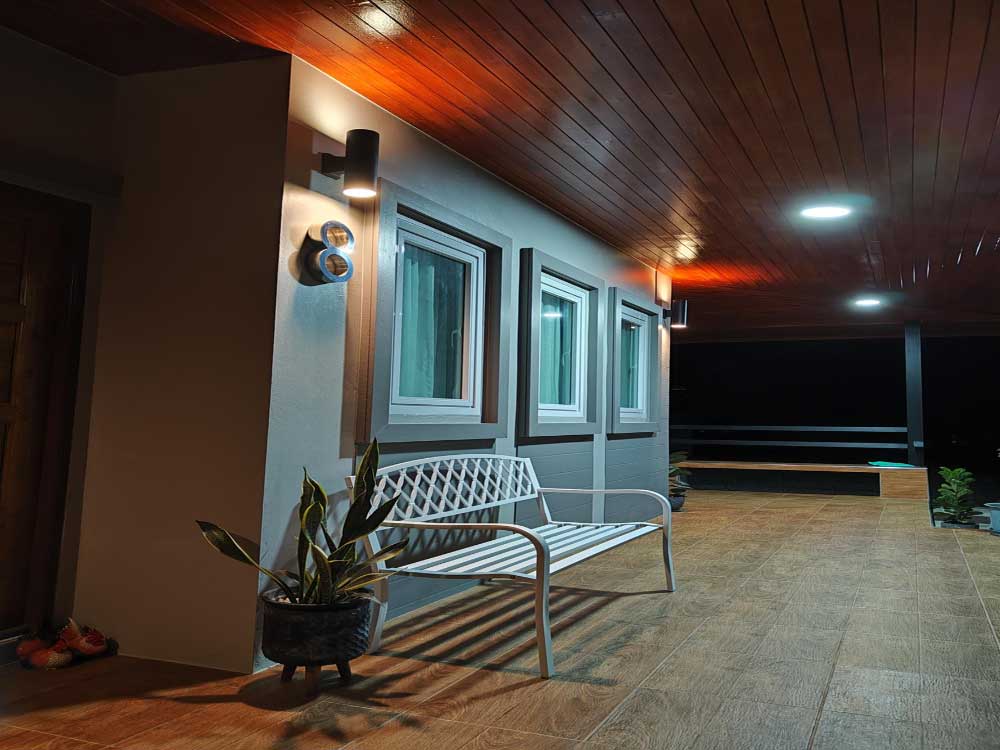
Good lighting prevents a lot of problems. Those motion-sensor lights in hallways and bathrooms are game-changers for nighttime bathroom trips. Always keep night lights on after dusk and opt for daylight-balanced LED lights for better clarity and reduced glare.
3. Install Grab Bars
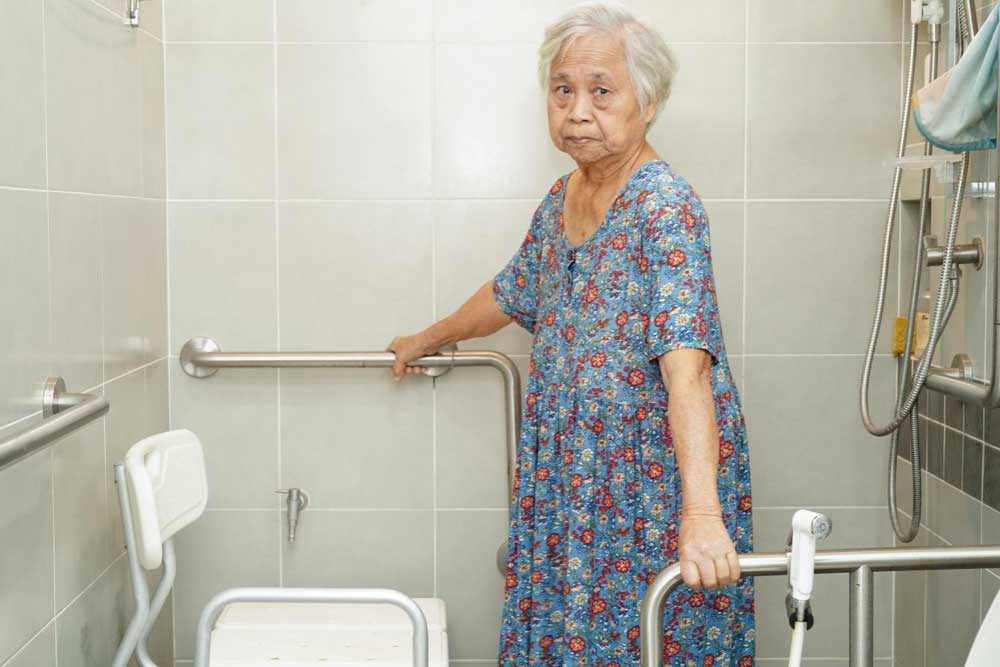
Elderly people often need support while walking, standing up, or sitting down. Grab bars provide that assistance and promote independence. Install them in bathrooms, next to beds, at the top and bottom of staircases, near entrances, and along frequently used paths.
4. Modify Interiors for Accessibility
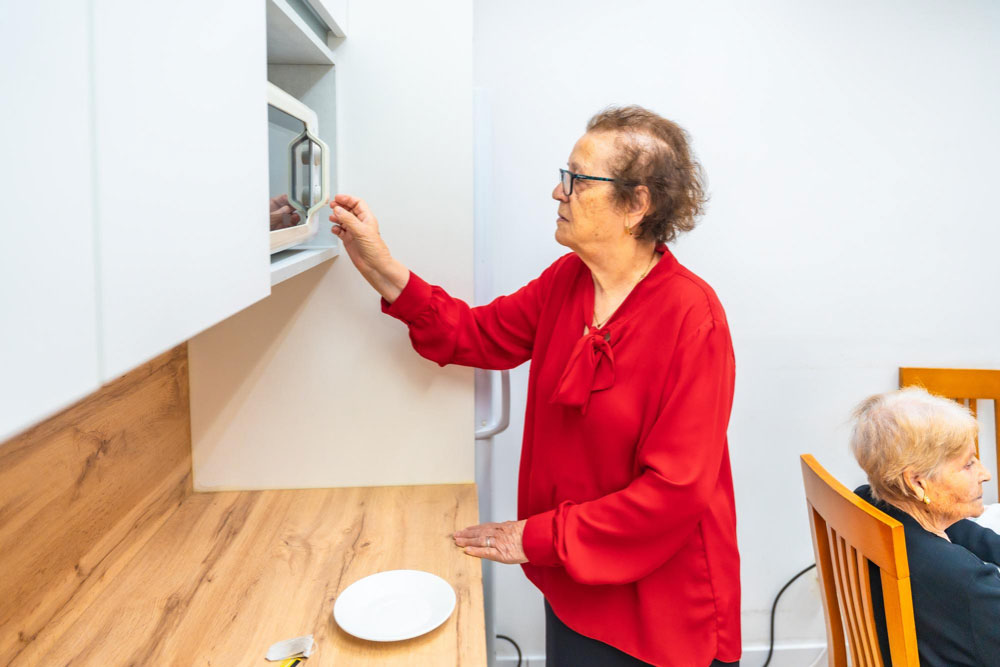
Many elderly people find it difficult to access shelves, faucets, dining tables, kitchen counters, and beds. Adjust the height of these elements for easier access and ensure adequate lighting in these areas to enhance visibility and safety.
5. Smart Home Devices
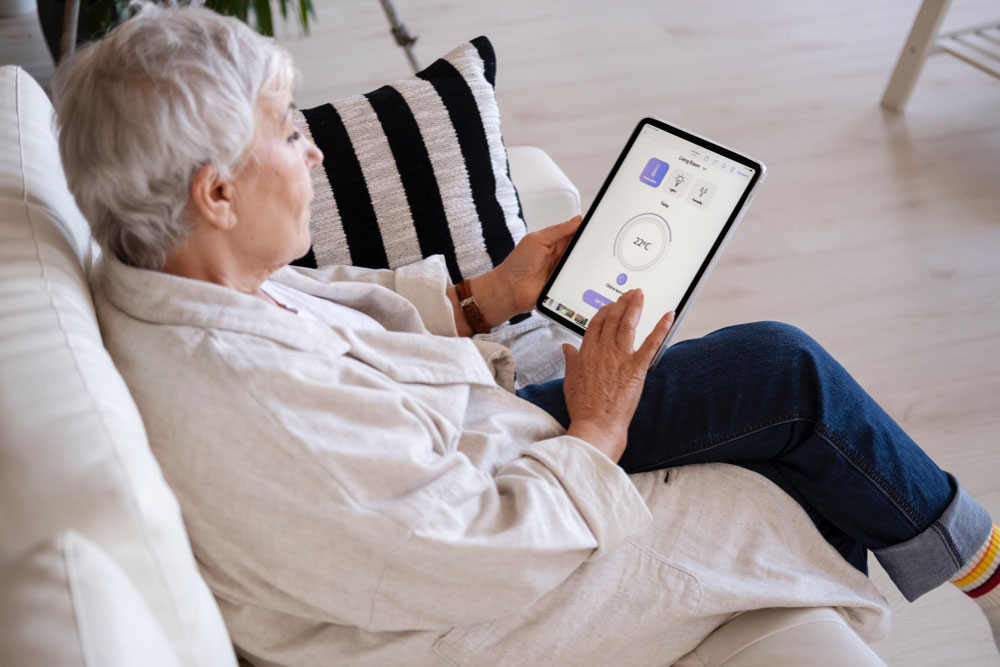
Integrating your home with smart doorbells, video cameras, voice-controlled assistants, temperature sensors, and home automation systems will greatly enhance the convenience and safety of your gramps.
Also Read: Smart Home Interior Design: Integrating Technology Seamlessly
Planning for Different Scenarios
Good safety planning thinks about various situations that could come up, not just the worst possible disasters. This includes planning for temporary situations where extra help might be needed – recovering from minor surgery, dealing with bad weather, or handling other short-term challenges.
Emergency supply kits, backup plans for power outages, and arrangements for pet care during emergencies all play a role in comprehensive safety planning. The goal is to reduce worry by being prepared, not creating anxiety about everything that could possibly go wrong.
Living independently as a senior takes some planning, but it doesn’t mean giving up control over your own life. The approaches that work best combine practical home safety measures with respect for personal preferences and lifestyle choices. When seniors feel confident about their safety preparations, they tend to stay more active, social, and engaged in their communities – and that contributes to overall wellbeing and successful ageing at home.
Also Read: Veteran Home Improvement Grants: Improving Homes and Lives
FAQs on Smart Home Safety for Seniors
1. How can I make my home safe for an elderly person?
Simple home modifications such as installing grab bars, using non-slip flooring, adding motion-sensor lights, widening doorways, and integrating smart voice assistants can make a home much safer for seniors.
2. How does smart home technology help seniors stay safe?
Smart home devices help seniors perform daily tasks with ease, comfort, andconvenience. They can also alert family members or emergency services when help is needed.
3. Are wearable emergency devices better than wall-mounted systems?
Both have their advantages. Seniors who spend more time outdoors may prefer wearable emergency devices, while those who stay mostly indoors might find wall-mounted systems more suitable.
4. Can home safety improvements increase the value of a property?
Yes. Functional and aesthetically pleasing senior-friendly modifications not only make a home safer but also increase its property value. Features like wider doorways, barrier-free bathrooms, and accessible layouts appeal to a broader range of buyers, including families planning for ageing in place.



